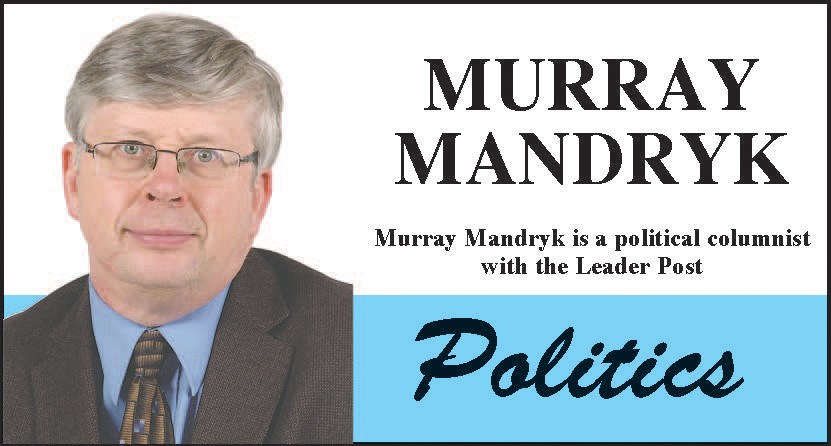The perception by others in this country that Saskatchewan is a racist province has become tiring.
Yes, we have our problems. One could argue they likely aren’t that much different than the problems anywhere in this country — especially, in provinces with larger urban centres where close quarters in the inner cities tends to be breed tensions of all sorts.
But, for the moment, let us acknowledge that Saskatchewan people — both urban and rural — have seen their race relations problems. Whether urban or rural, it’s actually one thing all people of this province truly share.
The problem, however, is our race relation problem with First Nations can be a bit of an easy target.
We are a province with a relatively small population and a living history with our indigenous population. Unlike some Eastern provinces where the indigenous population is dwarfed or even driven out centuries ago, Saskatchewan’s relationship with First Nations has been closer and enduring.
It has not always been easy.
Saskatchewan has had to deal with many social/economic issues and that has produced both historical and current-day conflict.
In our larger urban centres in Moose Jaw, Prince Albert, Regina and Saskatoon, the conflict has been a reality.
Long before the country heard about Colten Boushie’s death in the Biggar-area farmyard of Gerald Stanley, it heard the names Leo Lachance and Pamela George. Lachance was killed by a bullet fired through the door of a Prince Albert pawnshop run by known white supremacist, Carney Nerland. George was killed by two Regina university students, that had solicited her for the purposes of prostitution.
There are other examples of urban racial tension in recent decades — complaints that the Saskatoon police used to use the tactic of abandoning First Nations youth outside the city in the dead of winter or the christening of North Central Regina by Maclean’s magazine as “Mississippi North”.
More recently, we witnessed the Gerald Stanley not-guilty verdict that was combined with angry and racist online commentary that simply worsening the matter.
Undoubtedly, we have had our issues and we need to own up to them if we truly want things to get better. This is the responsibility of all of us.
But if things are to get better, we need to acknowledge the people who care and want to make things better and given ourselves credit for the reality that we are making strides.
“There is a sense we are a right-wing people that don’t think (about racism),” Justice Minister Don Morgan said in a recent interview. “I don’t think it’s like that at all. There is a desire to be understanding and supportive.”
It all begins with understanding and — while the current government doesn’t get much credit for this — we are witnessing one thing that is a generational change.
Kids in Kindergarten when the Sask. Party was first elected in 2007 are now graduating, having spent their entire elementary and high school not only learning about our treaties with First Nations but also immersed in First Culture that’s applied to every subject area. That doesn’t happen in other provinces.
Such education and awareness has paved its way for things like the Sixties Scoop apology to First Nations and Metis children taken from their parents as past government policy and programming.
We have recently seen Russell Mirasty appointed as Saskatchewan Lieutenant-Governor. Since March 2018, Morgan has seen the appointment of Judges McAuley, Brass, Pelletier and Crooks — More First Nations judicial appointments are expected.
Yes, some of these may seem like small steps that many won’t seem like thee are enough. Yes, we’ve had our past issues. Yes, we have more to do.
But maybe we need a little credit for who we are and what we have accomplished.
Murray Mandryk has been covering provincial politics for over 22 years.



